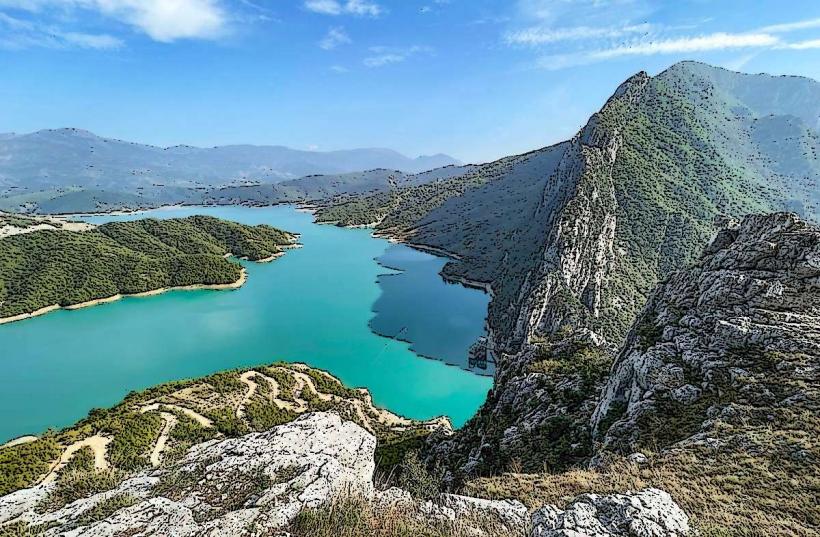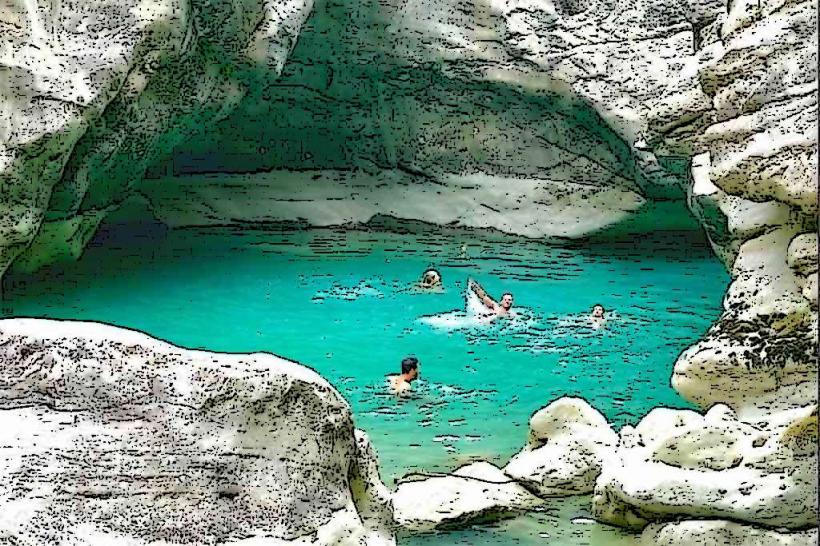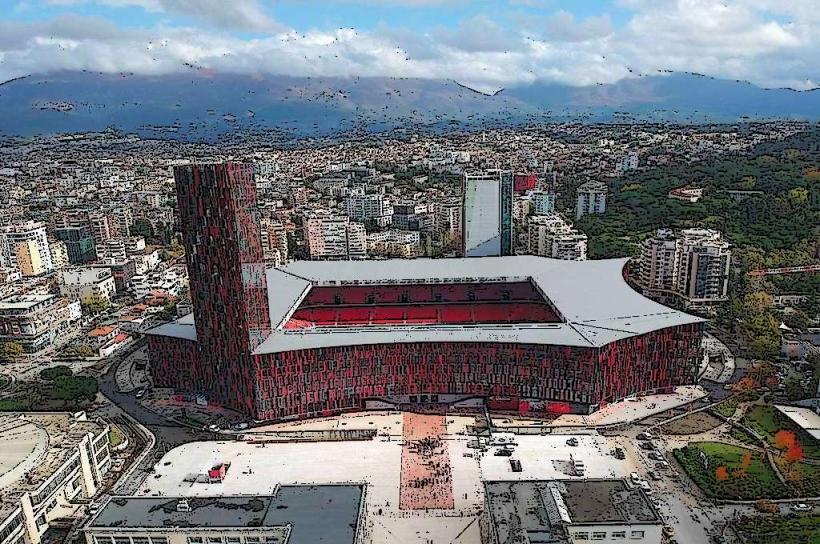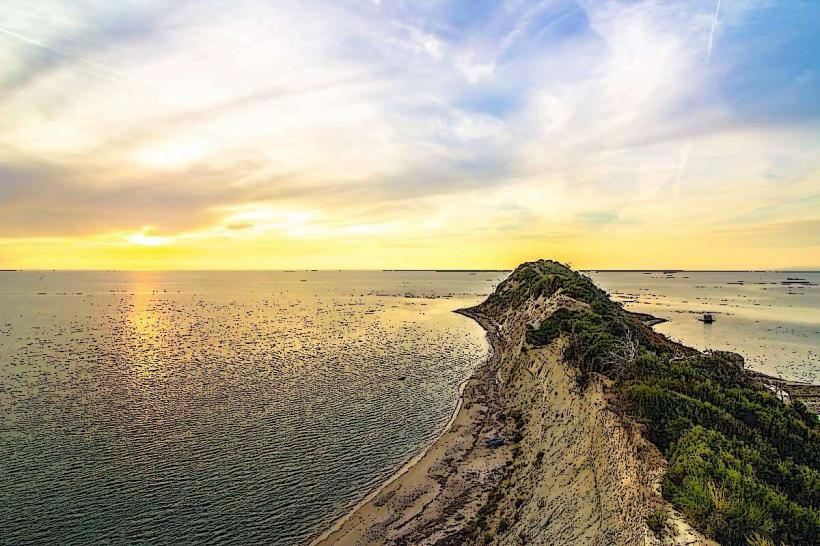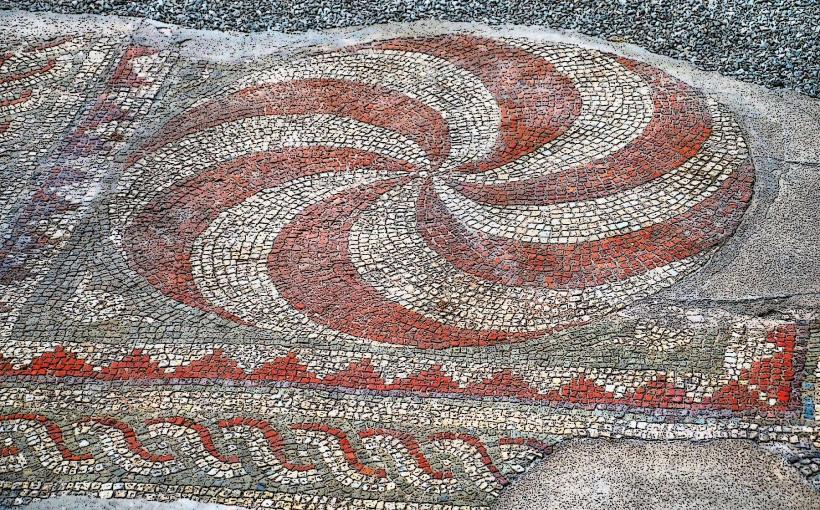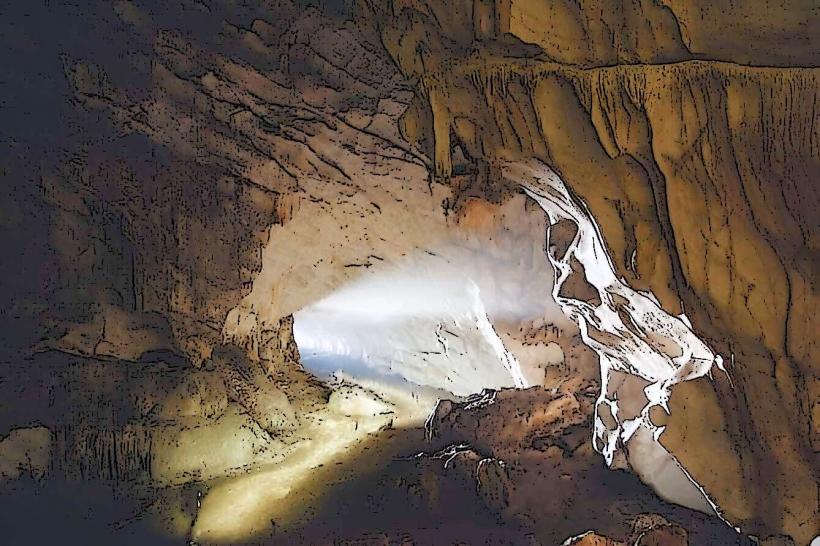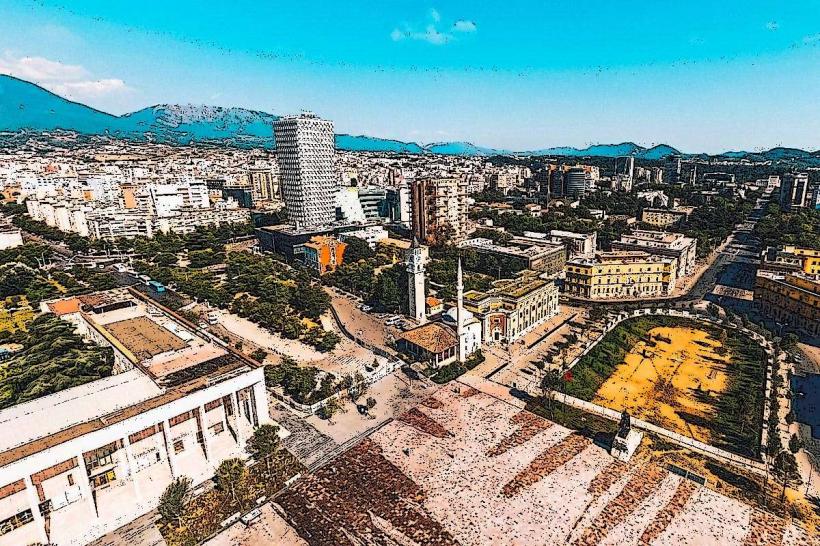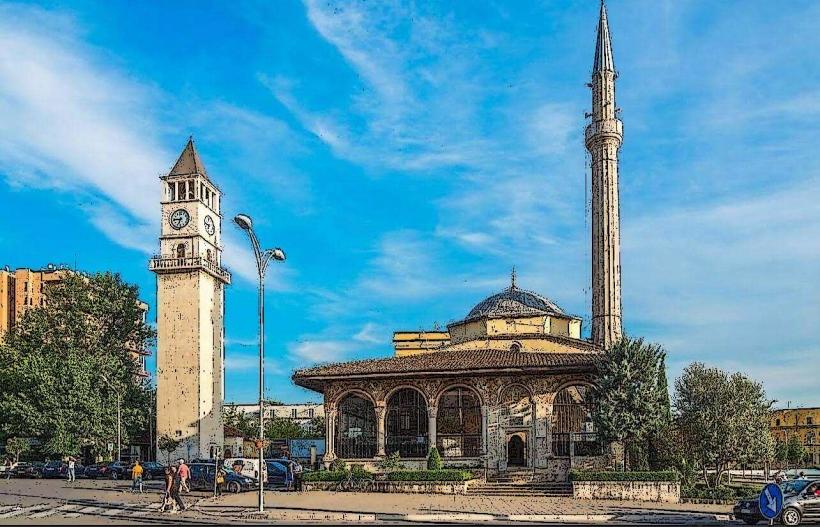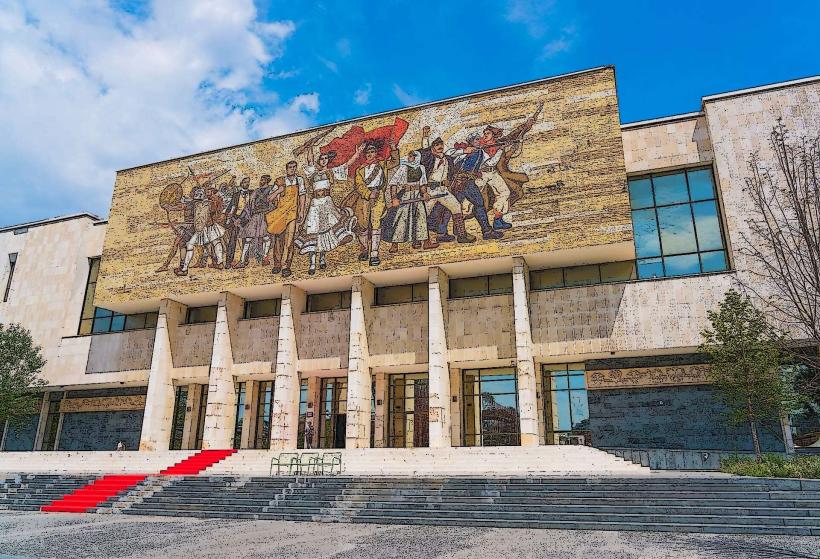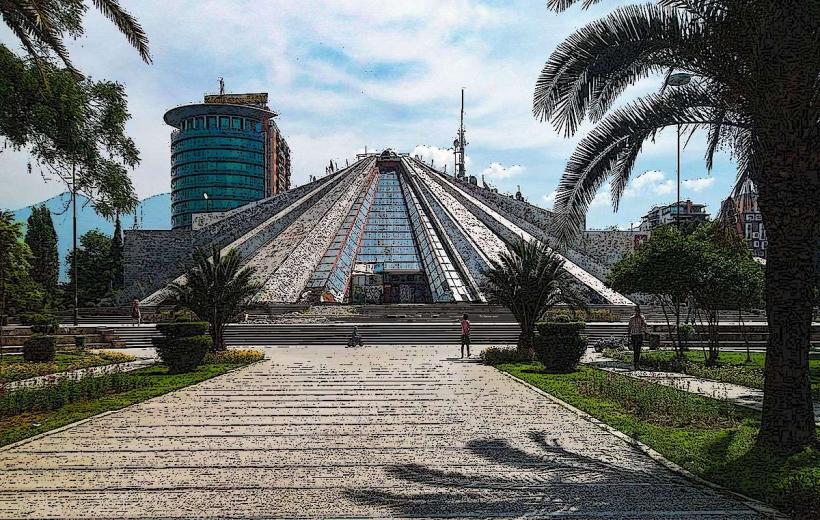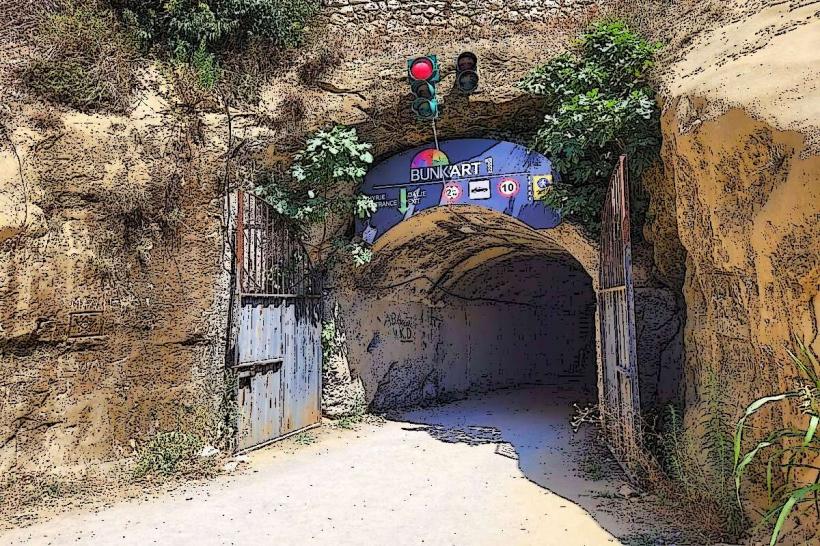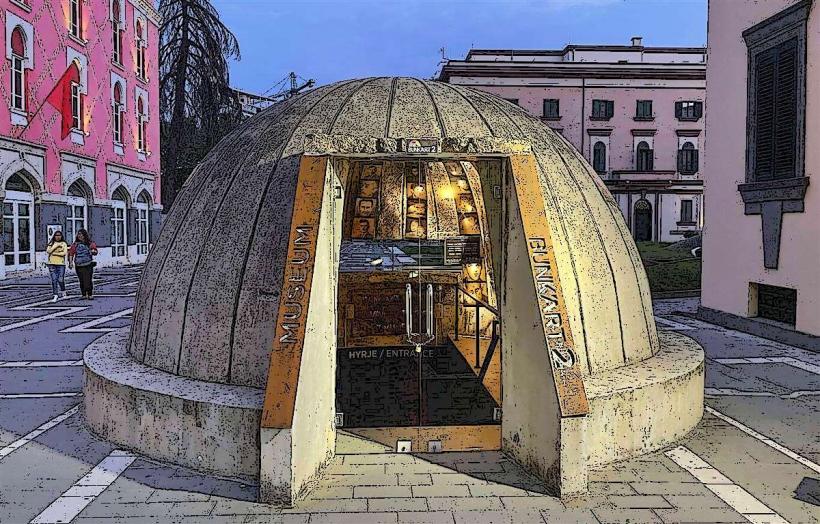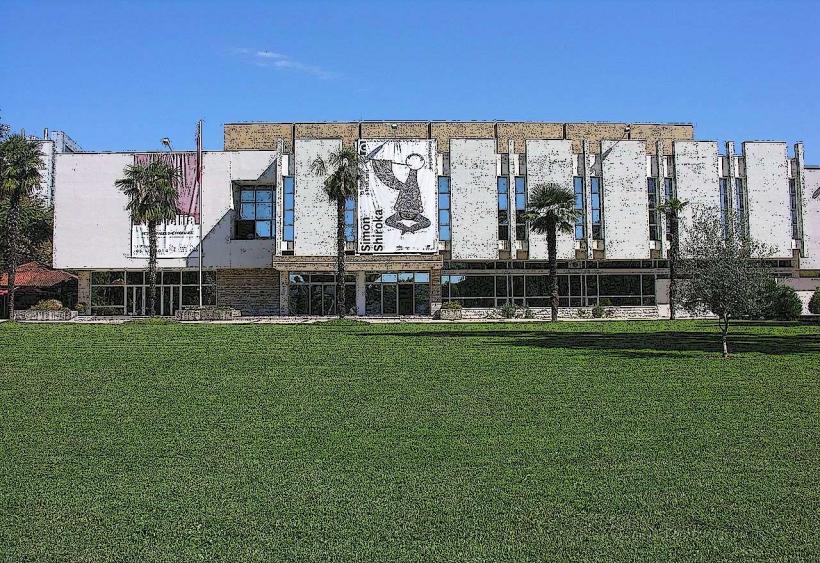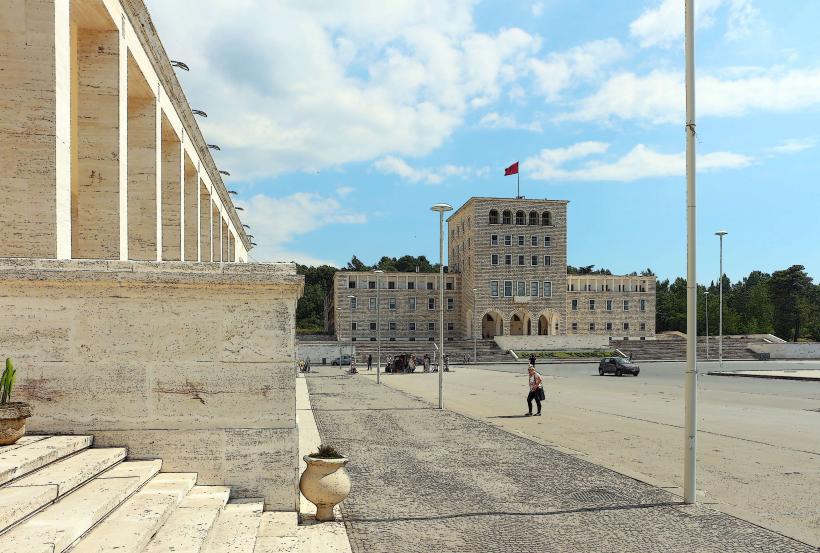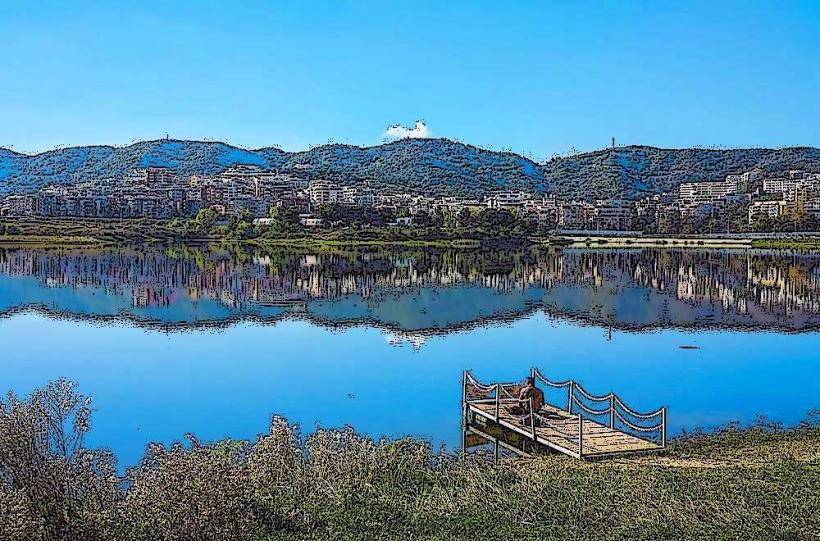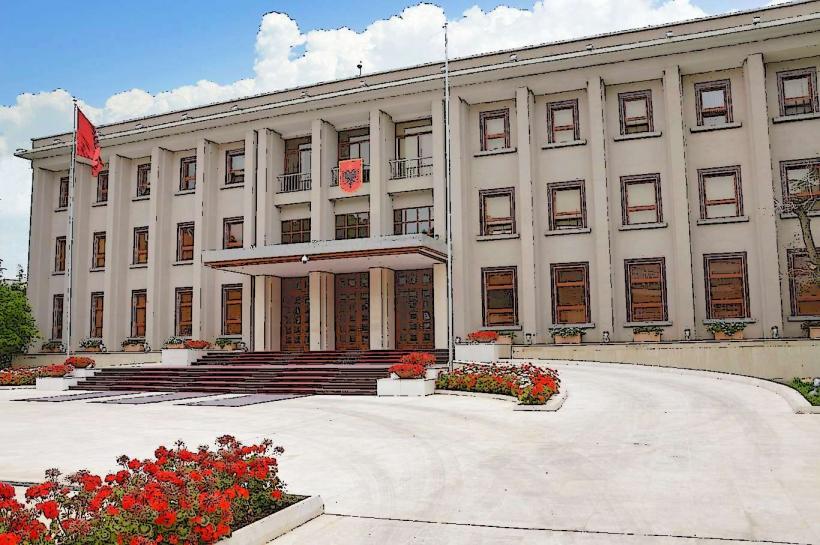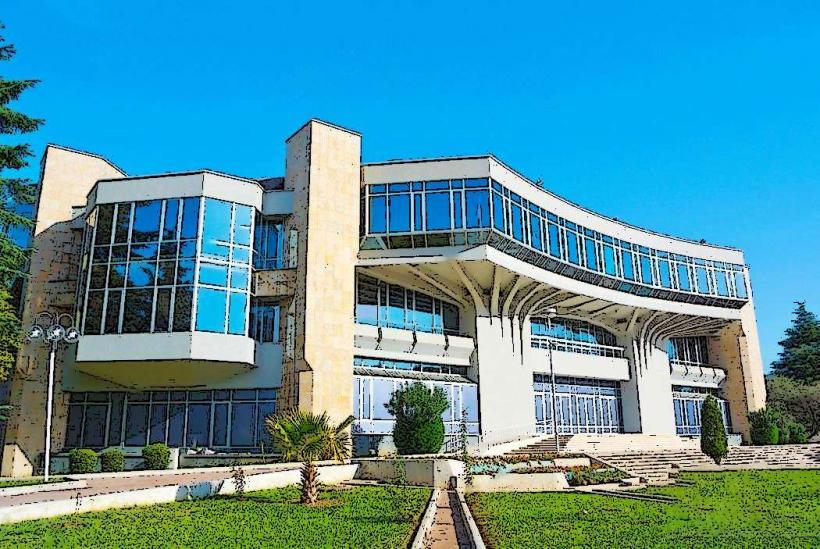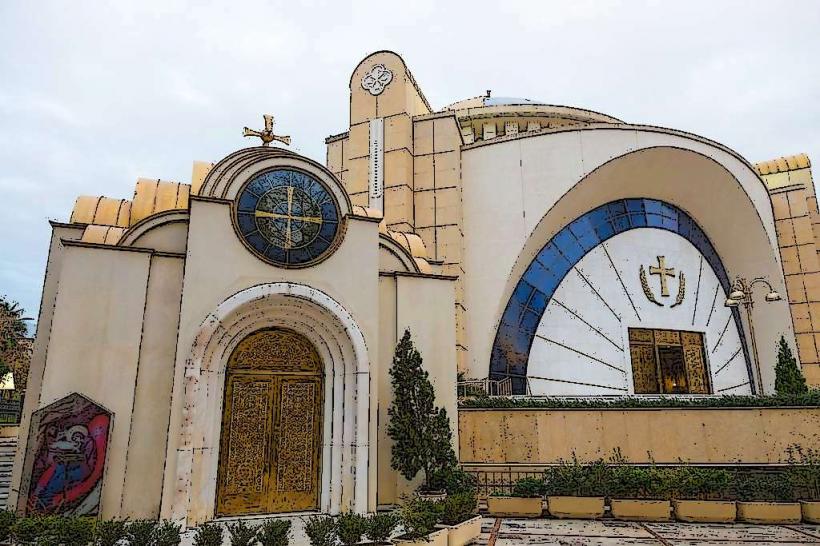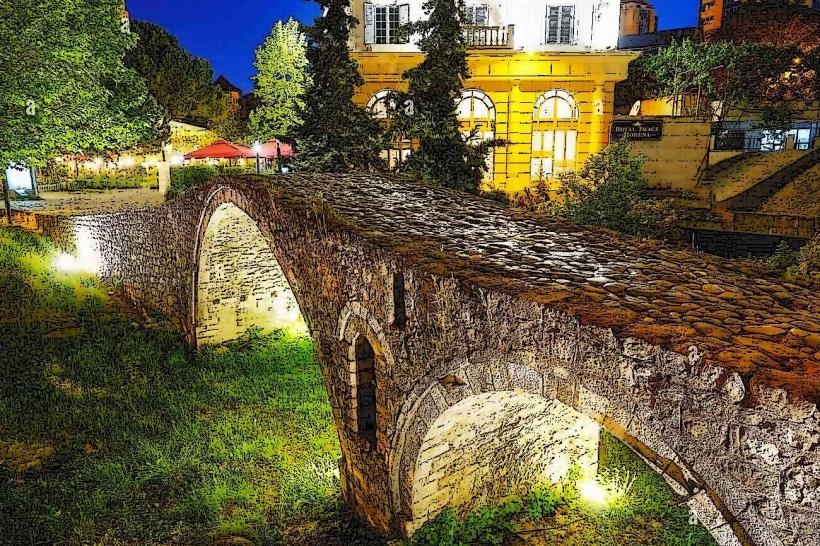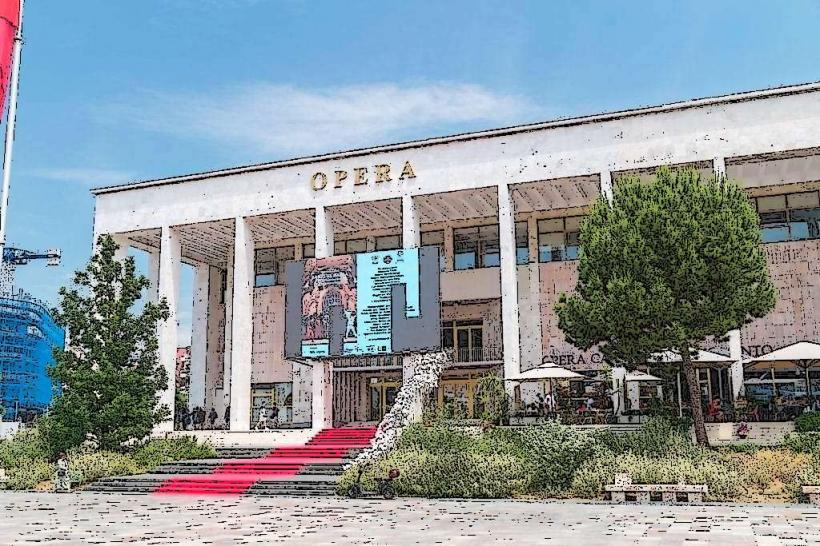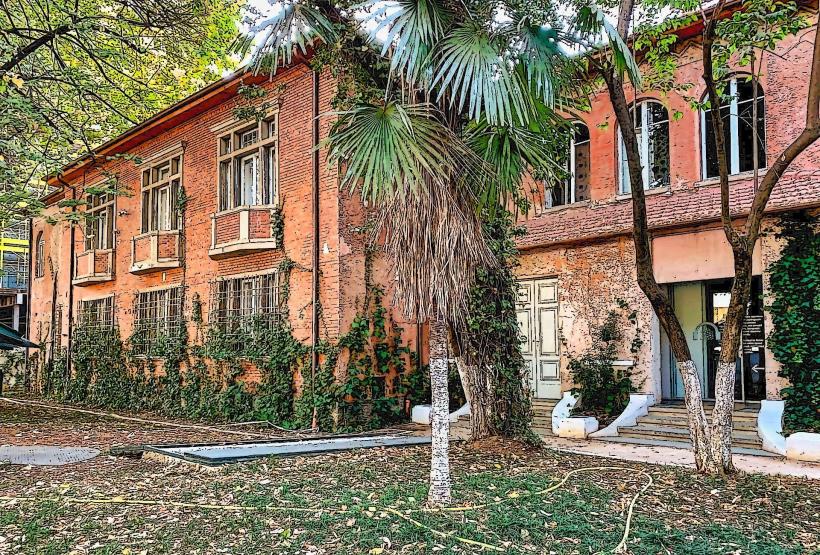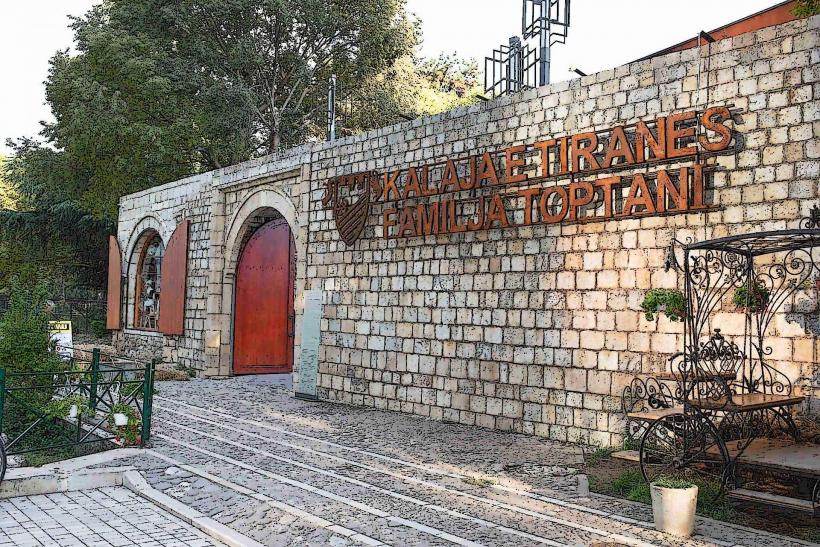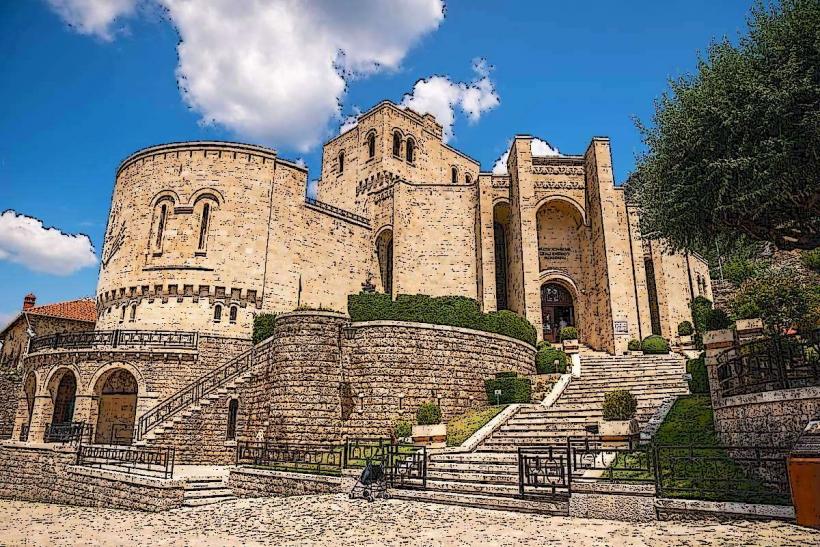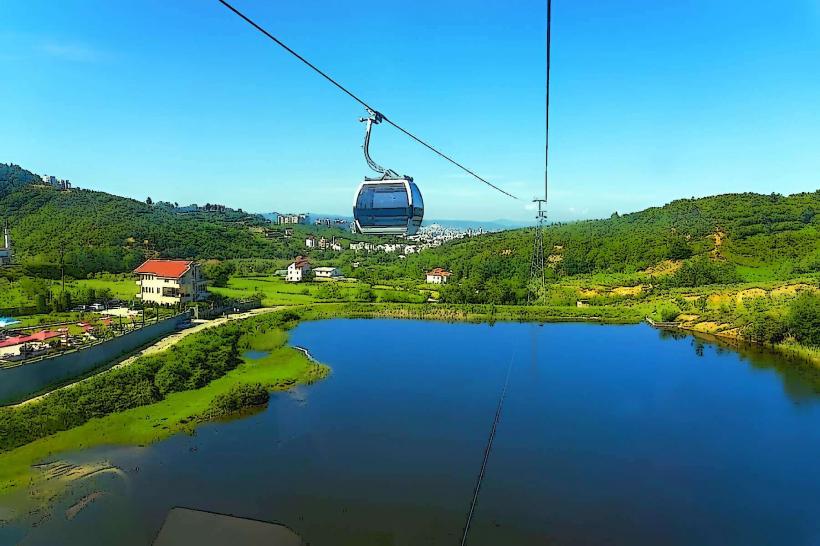Information
Landmark: Clock TowerCity: Tirana
Country: Albania
Continent: Europe
The Clock Tower of Tirana (Kulla e Sahatit) is one of the city’s most iconic landmarks, steeped in both historical and cultural significance. Standing proudly next to Et'hem Bey Mosque and Skanderbeg Square, this tower has become a symbol of the city and a key part of its historical skyline.
1. Historical Background
The Clock Tower was built in 1822, during the Ottoman period, under the supervision of Mullai Bey, an influential figure in the local government at the time. The tower was originally designed to serve both as a functional clock tower and as a way to mark the passage of time for the people of Tirana, a small town that was growing under Ottoman rule. The clock itself was added to the tower in 1869, contributing to its status as one of the key timekeeping devices in the city.
2. Architectural Features
The Clock Tower is a remarkable example of Ottoman-era construction, with some notable elements that make it distinct:
Design and Structure: The tower is a stone and brick structure that reaches a height of 35 meters (approximately 115 feet). It has a rectangular base and tapers slightly as it rises, typical of Ottoman tower designs. The tower has a distinctive clock face on each of its four sides, which were originally designed to serve the town’s inhabitants by marking the hours.
Clock Faces: The clock faces on the tower are large and visible from various points around Tirana. These faces were once powered by a mechanical system that was later modernized. The clock is still operational today, and it continues to serve as the primary public timekeeper for the city.
Minaret-like Shape: Although not a traditional mosque minaret, the Clock Tower’s design is somewhat reminiscent of a minaret. It features a tall, narrow body with a pointed top and a slight tapering, which is a characteristic feature of Ottoman architectural aesthetics.
Restoration: Over the years, the tower has undergone multiple restorations to preserve its structure and ensure that it remains a part of Tirana’s landscape. After the fall of communism in the 1990s, the Clock Tower was carefully restored and reopened for public access.
3. Role in the City’s Development
Symbol of Time and Civic Life: The Clock Tower has played a crucial role in the life of Tirana, not just as a timekeeping device, but also as a meeting point for the community. Before modern timekeeping systems, it was the most reliable source of time for the locals.
Religious and Civic Integration: Situated close to the Et'hem Bey Mosque, the Clock Tower is part of a larger ensemble of buildings that served both religious and civic purposes during the Ottoman period. Together, they represent the intertwining of daily life and religion in Tirana’s urban development.
Strategic Location: The tower’s placement at the heart of the city, near Skanderbeg Square, has made it a visible landmark that locals and visitors can use for orientation. Its location places it at the center of Tirana’s cultural and historical axis.
4. Modern-Day Importance
In contemporary times, the Clock Tower remains an important landmark in Tirana. It has become a symbol of the city’s resilience and historical continuity. Despite the rapid modern development of the city, the Clock Tower stands as a testament to Tirana's long history and its cultural heritage.
Tourist Attraction: The Clock Tower is one of the most visited attractions in Tirana. Tourists can climb to the top of the tower for a panoramic view of the city. The climb is made easier by a set of steep steps, but the reward is a beautiful view of Skanderbeg Square, the surrounding city, and the distant mountains. The tower offers visitors a chance to appreciate both the historical significance and the beauty of Tirana from above.
Public Events: In recent years, the area around the Clock Tower has been revitalized, with pedestrianization efforts aimed at making the space more inviting for public gatherings and events. The tower is sometimes the backdrop for concerts, performances, and cultural festivals that take place in the square or in the nearby park.
5. Visitor Experience
Climbing the Tower: Visitors to the Clock Tower can climb up a narrow staircase to the top, where they can see the clock mechanism up close. The climb is relatively short but offers a chance to admire the interior structure of the tower. Once at the top, the view is spectacular—offering vistas of the city’s mix of old and new architecture, Skanderbeg Square, and beyond to the surrounding hills.
Access and Opening Hours: The tower is open to the public, and there is usually a small fee for entry. It’s typically open during the day, though the hours can vary. Visitors are advised to check for the most up-to-date information before planning their visit.
Historical Significance: The Clock Tower is not just a tourist site; it’s also a place where Albanians gather to reflect on the city’s history and its development over time. It serves as a reminder of Tirana’s Ottoman heritage and its evolution into a modern European capital.
6. Conclusion
The Clock Tower of Tirana is a symbol of the city's Ottoman past and its ongoing development. It has served as a timekeeper for centuries, playing an important role in the daily lives of the city’s inhabitants. Today, it stands as a beloved landmark, offering both historical insight and spectacular views of the city. The tower's blend of history, architecture, and function makes it a vital part of Tirana's cultural identity, and it continues to be an important point of connection for the people of Tirana and visitors from around the world.

